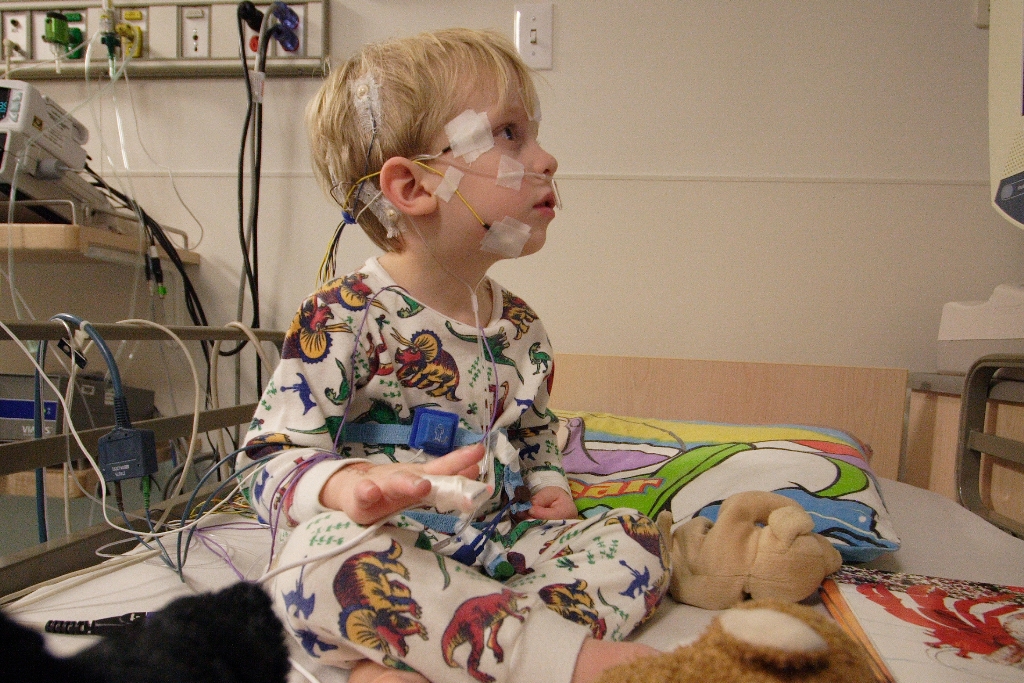Pain management in children can be extremely challenging. For one thing, due to the fact that their physical and mental development is still an ongoing process, they cannot always verbalize what they are really feeling. Medication dosages change as children develop from infancy to adulthood.
One of the toughest things is getting a read on the severity of pain. The methods used to date such as FACES scale are less than ideal. Sad but true, many things experienced in childhood can cause acute or chronic pain. Consider childhood cancers or juvenile rheumatoid arthritis, for example. Ouch!
As published in the June 1 edition of Pediatrics, a new way to assess pain in children was validated at Rady Children's Hospital in San Diego. This novel approach uses facial recognition software to study the changes in a child's facial expression over time to assess the severity of pain.
This is exciting if you ask me--hopefully it will go a long way to help ease the discomfort in children who suffer real pain. And in the future maybe it will help others as well--perhaps those who cannot communicate via usual means, such as stroke victims who cannot speak or those with dementia.
You can read more about this new and interesting pain assessment tool by clicking here.
Sources: UCSD.edu; Wikimedia
One of the toughest things is getting a read on the severity of pain. The methods used to date such as FACES scale are less than ideal. Sad but true, many things experienced in childhood can cause acute or chronic pain. Consider childhood cancers or juvenile rheumatoid arthritis, for example. Ouch!
As published in the June 1 edition of Pediatrics, a new way to assess pain in children was validated at Rady Children's Hospital in San Diego. This novel approach uses facial recognition software to study the changes in a child's facial expression over time to assess the severity of pain.
This is exciting if you ask me--hopefully it will go a long way to help ease the discomfort in children who suffer real pain. And in the future maybe it will help others as well--perhaps those who cannot communicate via usual means, such as stroke victims who cannot speak or those with dementia.
You can read more about this new and interesting pain assessment tool by clicking here.
Sources: UCSD.edu; Wikimedia


Comments
Post a Comment